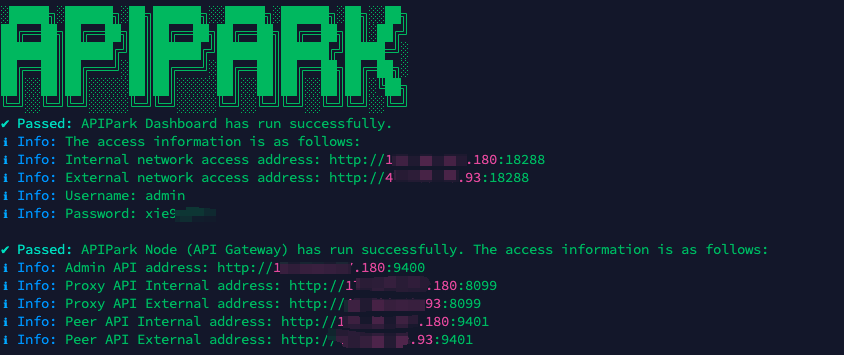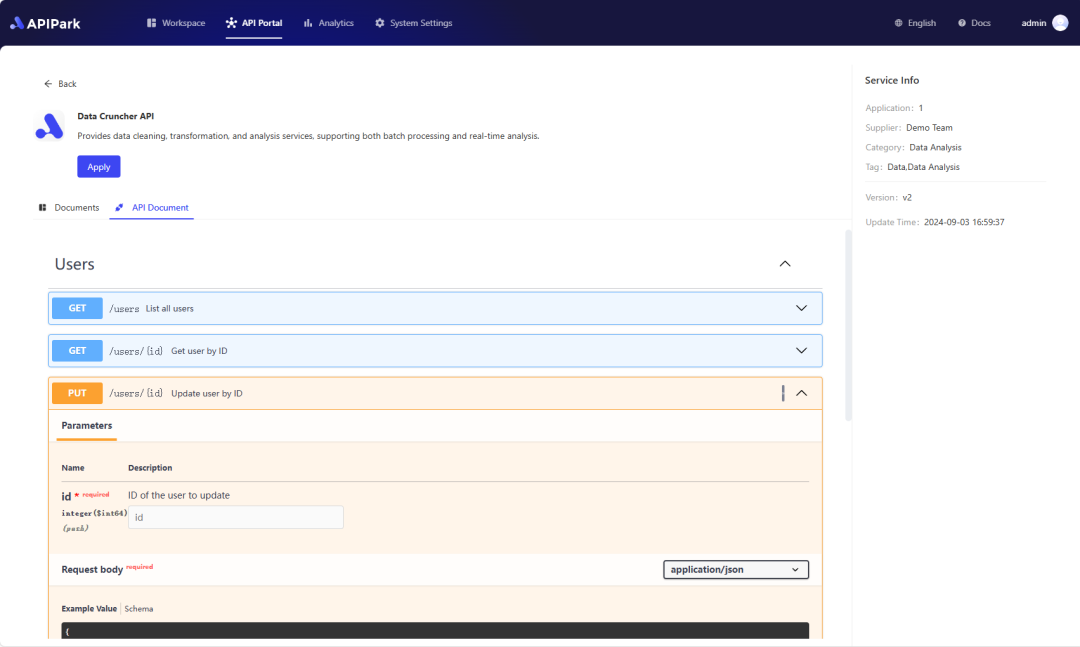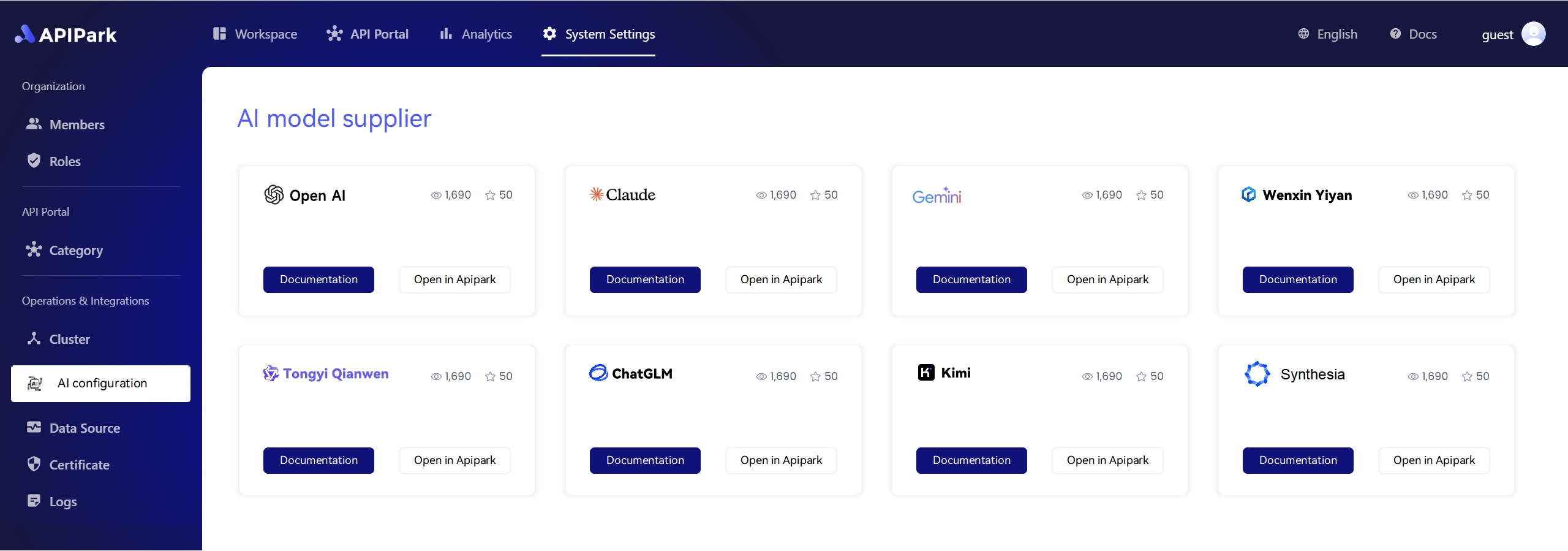The 402 error, also known as “Payment Required,” has become increasingly prevalent in modern web applications and services. This status code serves as a signal that the client must provide payment before accessing the requested resource. While infrequent, understanding the underlying causes of the 402 error and potential solutions is essential for developers, administrators, and users.
What is a 402 Error?
The 402 error is part of the Hypertext Transfer Protocol (HTTP) response status codes defined by the Internet Engineering Task Force (IETF) in RFC 7231. It indicates that the request has been understood by the server, but it cannot be fulfilled due to the fact that the client needs to provide a form of payment.
Key Characteristics of the 402 Error
-
Client-Side Responsibility: This error is primarily the client’s responsibility, meaning that it signals to the user that actions must be taken on their end to proceed.
-
Uncommon Occurrence: Unlike other errors, such as 404 Not Found or 500 Internal Server Error, the 402 error is not frequently encountered, which leads to confusion among many users and developers.
-
Relation to Billing Systems: The 402 error is often tied to services that require user subscriptions or have specific transactional requirements.
Causes of 402 Error
Understanding the reasons behind a 402 error is crucial for resolving the issue efficiently. Here are some potential causes:
1. Subscription Not Active
One of the most common reasons users encounter a 402 error is due to an inactive subscription. If a user has not paid for a service, the server may respond with a 402 error.
2. Insufficient Funds or Payment Declined
In a scenario where a payment is attempted but fails—whether due to insufficient funds, an expired credit card, or any other billing error—users can receive a 402 error.
3. Service-Level Agreements (SLAs)
Certain services, especially APIs and cloud-based solutions, may have SLAs that require payment upon reaching specified usage levels. Failure to comply can lead to a 402 error.
4. Security Measures
In the realm of AI and technology platforms like the Espressive Barista LLM Gateway, security measures around payment processing can raise flags, resulting in a temporary denial of access and triggering the 402 error.
5. Improper API Call
When using services that require payment or subscription, if the API call is malformed or lacks the requisite authentication and payment tokens, a 402 error may be returned.
Solutions for Resolving 402 Error
To tackle the 402 error effectively, consider the following solutions:
1. Verify Subscription Status
Check the status of your subscription or account. Ensure that any payments are processed, and the subscription is active.
2. Update Payment Information
Make sure that your payment details, including credit/debit card information, are up-to-date. Update your payment information through the service’s payment portal if necessary.
3. Contact Support
If you’ve verified your payment and subscription status and are still encountering the error, reaching out to customer support can help identify and resolve the issue.
4. Evaluate Usage Against SLAs
For users of services that impose restrictions based on SLAs, monitor your usage carefully. Consider upgrading your plan if you consistently hit your limits.
5. Review API Call Requirements
If your 402 error arises from an API call, review the API documentation carefully to ensure you are providing all necessary information in your request.
# Example for debugging 402 error using cURL
curl --location 'http://api.example.com/payment/gateway' \
--header 'Content-Type: application/json' \
--data '{
"action": "checkPayment",
"userId": "12345"
}'
The Role of AI in Payment Processing
As payment systems evolve, AI plays an increasingly vital role in smoothing processes and reducing errors. AI algorithms can analyze payment patterns and detect anomalies, thus improving overall transaction success rates.
AI Security in Payment Systems
Within AI-driven systems, AI security is paramount. For applications such as the Espressive Barista LLM Gateway, advanced security measures protect sensitive transactions. A mandatory verification process can help to thwart fraudulent activity, yet it may inadvertently contribute to 402 errors if misconfigured.
LLM Gateway and API Upstream Management
The LLM Gateway serves as a bridge between a user interface and various backend services. Managing API upstream effectively involves handling requests and responses during payment operations. When a user encounters a 402 error in this context, it may be beneficial to review configurations within the LLM Gateway.
API Upstream Management Table
Here’s a simplified view of how API upstream management can impact the handling of transactions:
| API Gateway Feature | Description | Impact on Payment Processing |
|---|---|---|
| Rate Limiting | Controls the number of requests from clients | Prevents overload but may cause issues if limits are not configured correctly |
| Authentication | Ensures valid credentials are provided | Failing authentication leads to access denial, like a 402 error |
| Load Balancing | Distributes requests evenly across servers | Improves reliability but can cause temporary disruptions in payments |
| Caching | Saves previous responses for faster access | Improper caching could lead to outdated payment status |
| Logging | Keeps track of transaction records and errors | Aids in troubleshooting payment failures |
Conclusion
The 402 error can serve as a frustrating barrier for both end-users and developers. By understanding its causes and employing effective solutions, users can swiftly rectify payment-related issues. With the growing reliance on AI and technologies like the Espressive Barista LLM Gateway, effective API upstream management and robust AI security measures are crucial in minimizing payment-related errors, promoting smoother transactions for users.
APIPark is a high-performance AI gateway that allows you to securely access the most comprehensive LLM APIs globally on the APIPark platform, including OpenAI, Anthropic, Mistral, Llama2, Google Gemini, and more.Try APIPark now! 👇👇👇
In the evolving landscape of digital payments, staying informed and adapting to new tools and technologies is key. Whether you’re a service provider, a developer integrating APIs, or an end-user, being proactive about potential issues will enhance your experience and efficiency in payment processing.
🚀You can securely and efficiently call the 文心一言 API on APIPark in just two steps:
Step 1: Deploy the APIPark AI gateway in 5 minutes.
APIPark is developed based on Golang, offering strong product performance and low development and maintenance costs. You can deploy APIPark with a single command line.
curl -sSO https://download.apipark.com/install/quick-start.sh; bash quick-start.sh

In my experience, you can see the successful deployment interface within 5 to 10 minutes. Then, you can log in to APIPark using your account.

Step 2: Call the 文心一言 API.
